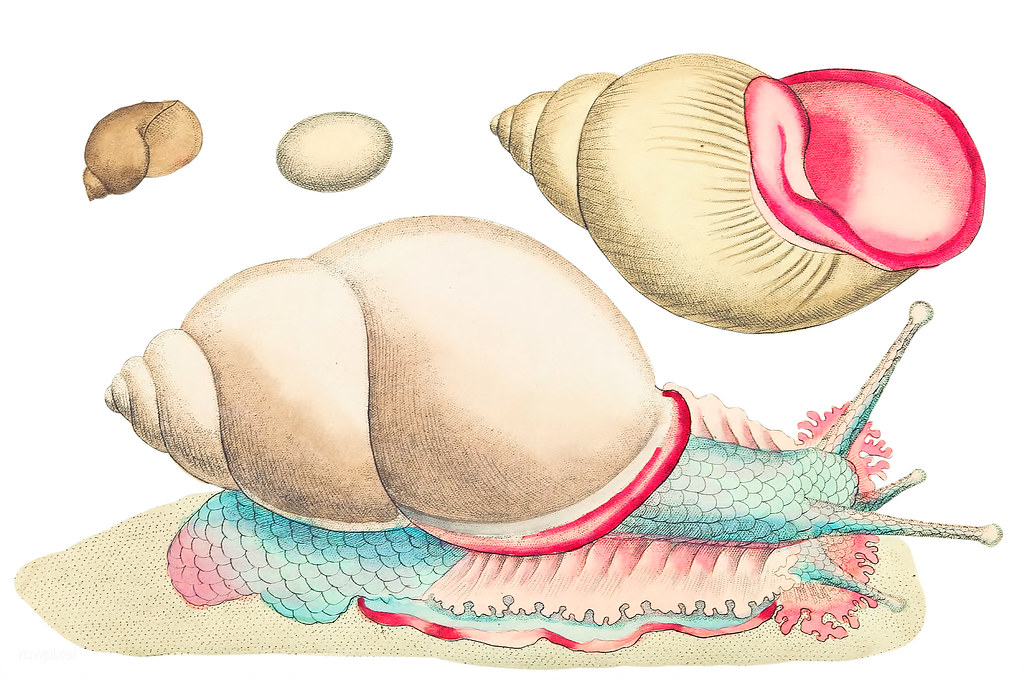STEM
Bioldiversity
Extinction
Edward Hessler
I previously posted on the death of George on new year's day, the last known snail (Achatinella apexfulva) of its kind, in Kailua, the Hawaiian Islands, The snail was 14-years-old.
Ed Yong, who writes on science for The Atlantic fills in many of the details on the death of this snail in another superb essay about the threats to Hawaiian snails, some of the scientists involved, care/maintenance of native species and events in the lives of the research team, which at times strike me as hospice care.
George had been cared for by David Sischo and his team all those years. Since 2012, the six of them have been trying to save native snails since 2012. During a visit, Sischo called Yong's attention to six cabinets in which there are 35 species. "Each one is already extinct in the wild, or about to be."
The Hawaiian Islands are a great place to study evolution. It is not known exactly when snails arrived on the island but since then, according to a publication for science educators titled "Evolution in Hawaii: A Supplement to 'Teaching About Evolution and the Nature of Science" (National Academy Press 2004), "the descendents of the original colonists have undergone what evolutionary biologists call an adaptive radiation. New species have evolved and have occupied a wide range of ecological niches."
The numbers in these adaptive radiations in Hawaii are astonishing, e.g., snails (750), birds (56 species of Honeycreepers of which only 18 survive today), crickets (240); and Drosophila (fruit flies), 800, the most in the world.
 Yong writes about the last years of the Rabbs' fringe-limbed tree frog." Mark Mandala, the executive director of the Amphibian Foundation who cared for him until he died in 2016--his son named him "Toughie." Yong provides a link to a recording of Toughie. "He was calling for a mate, and there wasn't a mate for him on the entire planet."
Yong writes about the last years of the Rabbs' fringe-limbed tree frog." Mark Mandala, the executive director of the Amphibian Foundation who cared for him until he died in 2016--his son named him "Toughie." Yong provides a link to a recording of Toughie. "He was calling for a mate, and there wasn't a mate for him on the entire planet."
George's remains are in a glass vial stored in "a cupboard morbidly labeled death cabinet."
The last known survivor of a species is called an "endling," a term, Yong points out "of soft beauty, heartbreaking solitude, and chilling finality."

 CGEE Student Voice
CGEE Student Voice
No comments:
Post a Comment